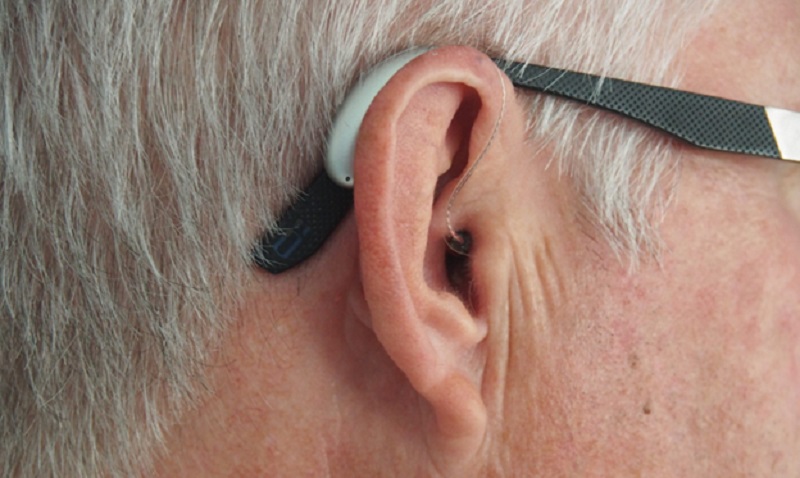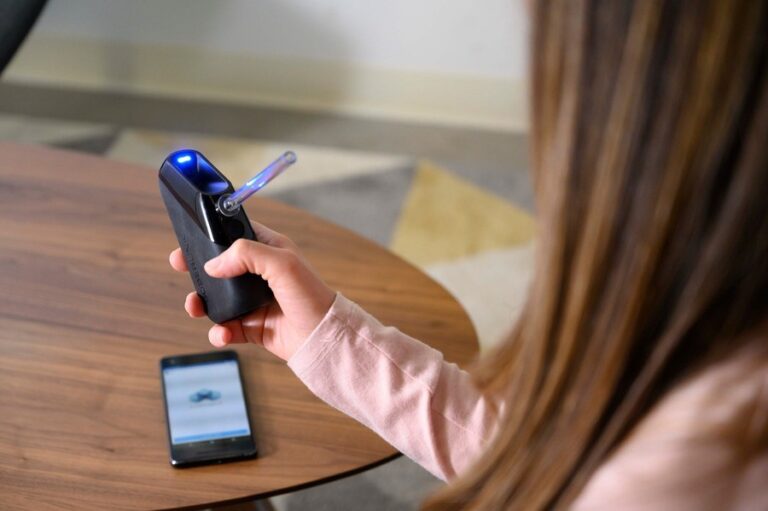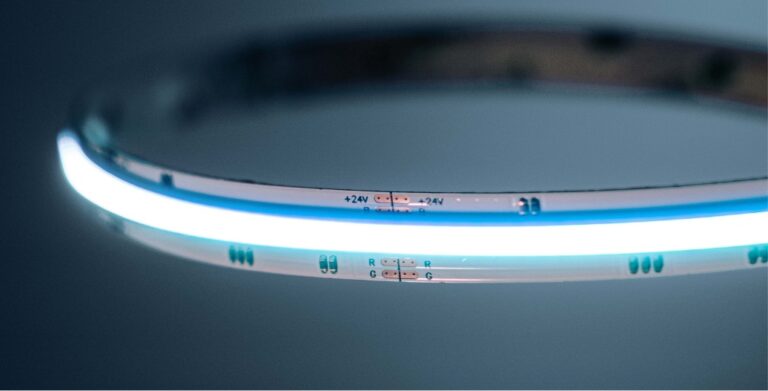
In the quiet hush of early mornings or the gentle hum of evening conversations, the ability to hear brings life its richness. Yet, for many, these everyday sounds fade gradually. Thankfully, with modern technology and a refined understanding of hearing needs, solutions such as behind the ear hearing aids offer individuals a chance to reconnect with the auditory world in a natural, unobtrusive way.
Designed to sit comfortably behind the ear, this style of hearing aid remains one of the most widely chosen for its reliability, comfort, and effectiveness. Whether navigating a bustling street, enjoying soft music, or engaging in lively dialogue, these devices support hearing with simplicity and clarity.
Everyday Functionality / Designed for All-Day Ease
One of the most appreciated aspects of hearing aids lies in their balance of discreet form and powerful function. While small in appearance, these aids pack enough performance to manage a wide range of hearing needs. Their positioning behind the ear allows for greater battery capacity, longer usage periods, and larger controls, which benefit those who prefer tactile interaction without fiddly adjustments.
Moreover, they suit wearers of all ages. From younger adults looking for dependable amplification to older individuals seeking comfort and simplicity, the design adapts seamlessly into varied lifestyles. Most models now feature soft tubing that channels sound directly into the ear canal, which ensures a smooth, natural listening experience across different settings.
Comfort Meets Confidence (In Both Work and Social Spaces)
Hearing challenges can affect confidence, especially in social environments. However, the comfort and subtlety of behind the ear hearing aids can quietly restore that lost assurance. Their slim designs blend with hairlines or eyeglasses, making them barely noticeable to others. This discretion allows users to focus on moments that matter—speaking up in meetings, laughing during dinner or simply enjoying a walk outdoors without worrying about their device drawing attention.
The technology also enhances confidence through consistent performance. Many devices adapt automatically to surroundings, adjusting to background noise, conversations, or environmental changes without the wearer needing to intervene. Such convenience fosters independence and peace of mind throughout the day.
Built for Life’s Moments / From Quiet Rooms to Noisy Streets
Modern life is dynamic, filled with shifts from tranquil home spaces to vibrant public areas. Behind the ear hearing aids are built with this in mind. Equipped with sound filters and directional microphones, they assist wearers in distinguishing between speech and noise. This is especially helpful in crowded environments like shopping centres or restaurants, where overlapping sounds can become overwhelming.
Furthermore, several models include features such as wireless streaming or Bluetooth pairing. This allows direct connection to devices like phones, televisions, or computers, making both entertainment and communication more accessible. While the technology inside may be advanced, its application remains grounded—created for ease, not complexity.
Maintenance, Support & Longevity (Caring for What Cares for You)
Though simple to use, hearing aids benefit greatly from regular maintenance. Their exposed position means they are more prone to moisture and dust, but with proper care—such as cleaning the tubing and keeping them dry—they can last for years.
Many service providers offer checkups, replacement parts, and even mobile support, ensuring the devices continue to function as expected. Longevity is not just about durability—it is about having dependable assistance every single day, whether for a whisper or a hearty laugh.
Conclusion:
Choosing to address hearing loss is never simply about improving sound; it’s about restoring presence, awareness, and connection. Hearing aids deliver all of this without demanding attention in return. They offer a quiet revolution—transforming how people move through their days, engage with others, and experience the world’s rich tapestry of sound.
As one regains the ability to hear life’s softest notes or participate fully in conversation, the value of these aids becomes beautifully clear. Their design, comfort, and performance blend to form an invisible thread—one that ties the listener back to their surroundings.
In conclusion, behind the ear hearing aids offer a practical, adaptable, and dignified solution for those navigating hearing challenges. They serve not only as tools for better hearing but as companions for a fuller, richer life—whether at work, at home, or out exploring the world.







